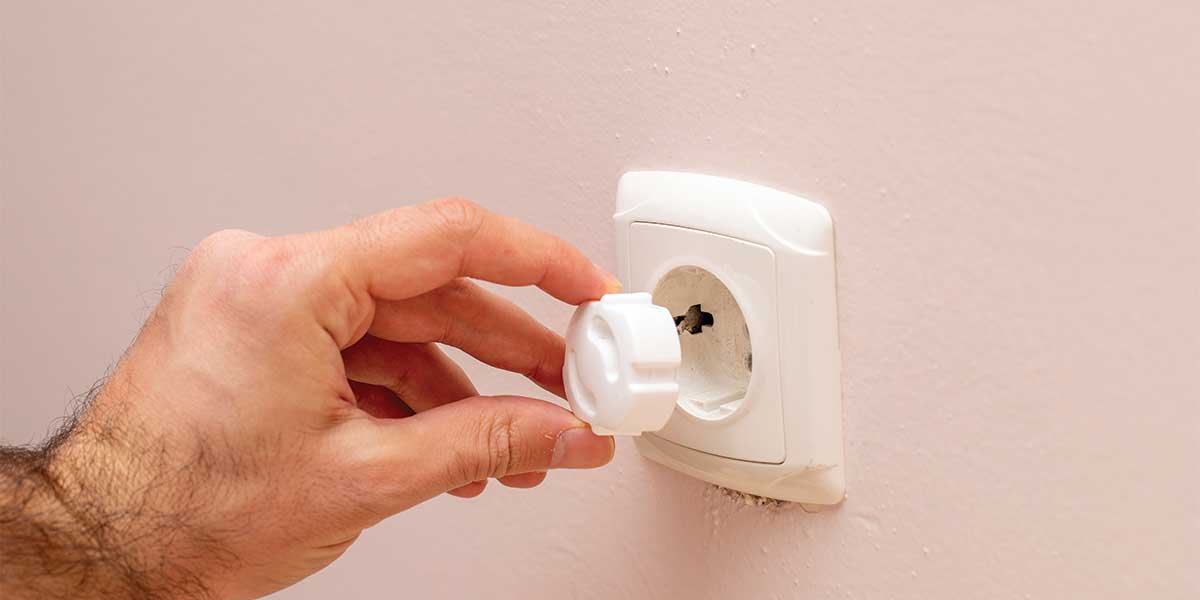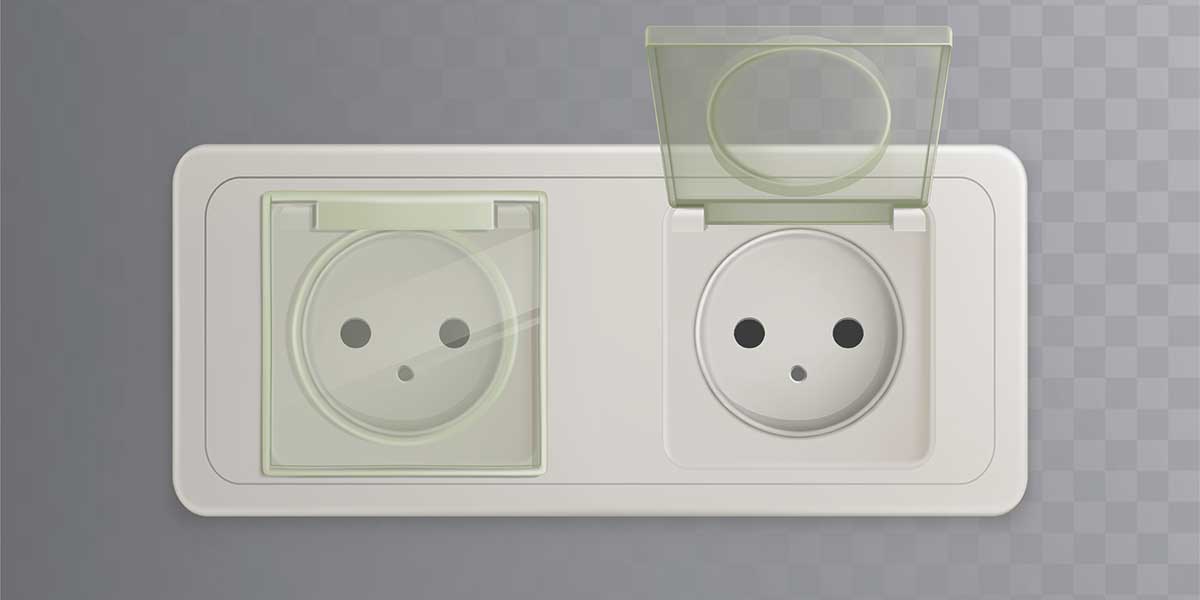Electrical safety is one of those topics most parents only think about after their child tries to stick a fork in the socket for the first time. At Expert Electric, we believe in preventing the problem before it arises. This guide will walk you through everything you need to know about childproofing your home from electrical hazards, focusing on practical solutions, clear explanations, and simple actions that protect your curious little ones.
Why Childproofing Electrical Hazards is Non-Negotiable
Children are naturally curious. While this trait is adorable, it also puts them at risk, especially when it comes to electricity. According to the Canadian Paediatric Society, electrical injuries can lead to burns, nerve damage, and even fatal shocks. Children under five are especially vulnerable because they often explore with their hands and mouths.
Electrical Hazards for Children: What You’re Really Up Against
Here are the most common electrical hazards for children at home:
- Uncovered Outlets – Tiny fingers and foreign objects inserted into outlets can cause electrical shocks.
- Loose Electrical Cords – Babies and toddlers tug on dangling cords, risking strangulation or pulling heavy appliances onto themselves.
- Overloaded Power Strips – Overused strips near children can spark or short-circuit.
- Exposed Wires – Pets or home repairs can leave cords frayed, creating shock risks.
- Portable Heaters and Fans – These can easily be knocked over, exposing live parts or heating elements.
Childproof Electrical Outlets: Your First Line of Defence
Why Covering Outlets Matters
Standard electrical outlets are exactly the right size for a toddler’s fingers. This is why childproof electrical outlets should be your first safety upgrade. There are two main ways to childproof outlets effectively:
1. Plug-In Outlet Covers
These are plastic caps that fit directly into the outlet holes. They’re inexpensive and easy to install. However, some children can learn to remove them.
2. Sliding Plate Covers
These replace your existing outlet cover plate with a spring-loaded cover that automatically closes when the outlet isn’t in use. Sliding plate covers are more secure because they cannot be removed without unscrewing the entire plate.
At Expert Electric, we recommend installing electrical outlet covers that are tamper-resistant. In fact, Canadian Electrical Code now requires tamper-resistant receptacles (TRRs) in new builds and major renovations.
Babyproofing Electrical Cords and Power Strips
Keeping Cords Out of Reach
Children see cords as toys, so it’s essential to keep them secured:
- Use Cord Shorteners or Wind-Ups – These retract excess length so children cannot tug or chew.
- Furniture Placement – Arrange furniture to block access to outlets and cords where possible.
- Power Strip Covers – Enclose your power strip in a childproof power strip cover to prevent accidental unplugging or electric shock.

Teaching Children About Electrical Safety
While physical barriers are effective, education is equally important. Explain to toddlers and older children that outlets, cords, and appliances are not toys. Use child-friendly books or videos to reinforce these lessons without creating fear.
When to Call an Electrician
Childproofing your home from electrical hazards is not always a DIY job. Call Expert Electric if:
- You notice flickering lights or sparks when plugging devices.
- You need to install tamper-resistant outlets throughout your home.
- Your wiring is outdated and could pose hidden hazards.
Our team is experienced in creating safe home environments for families across British Columbia.
FAQs
What is the safest way to childproof electrical outlets?
The safest method is installing tamper-resistant receptacles (TRRs) or sliding plate covers, as they cannot be removed by children and automatically block access.
Are plug-in outlet covers enough to protect my children?
Plug-in outlet covers are better than leaving outlets exposed, but sliding plate covers or TRRs provide superior protection because they are tamper-resistant.
At what age can I stop worrying about childproofing outlets?
While older children understand safety rules, it’s best to keep outlets protected until your children are at least six years old and demonstrate consistent understanding of electrical dangers.
Final Thought
Childproofing your home from electrical hazards is not an optional parenting task; it’s a necessity. By using childproof electrical outlets, installing electrical outlet covers, and eliminating electrical hazards for children, you’re ensuring their safety and your peace of mind. For professional electrical upgrades and safety inspections, contact Expert Electric today.
Contact Expert Electric
- Phone: 604-681-8338
- Email: info@expertelectric.ca


